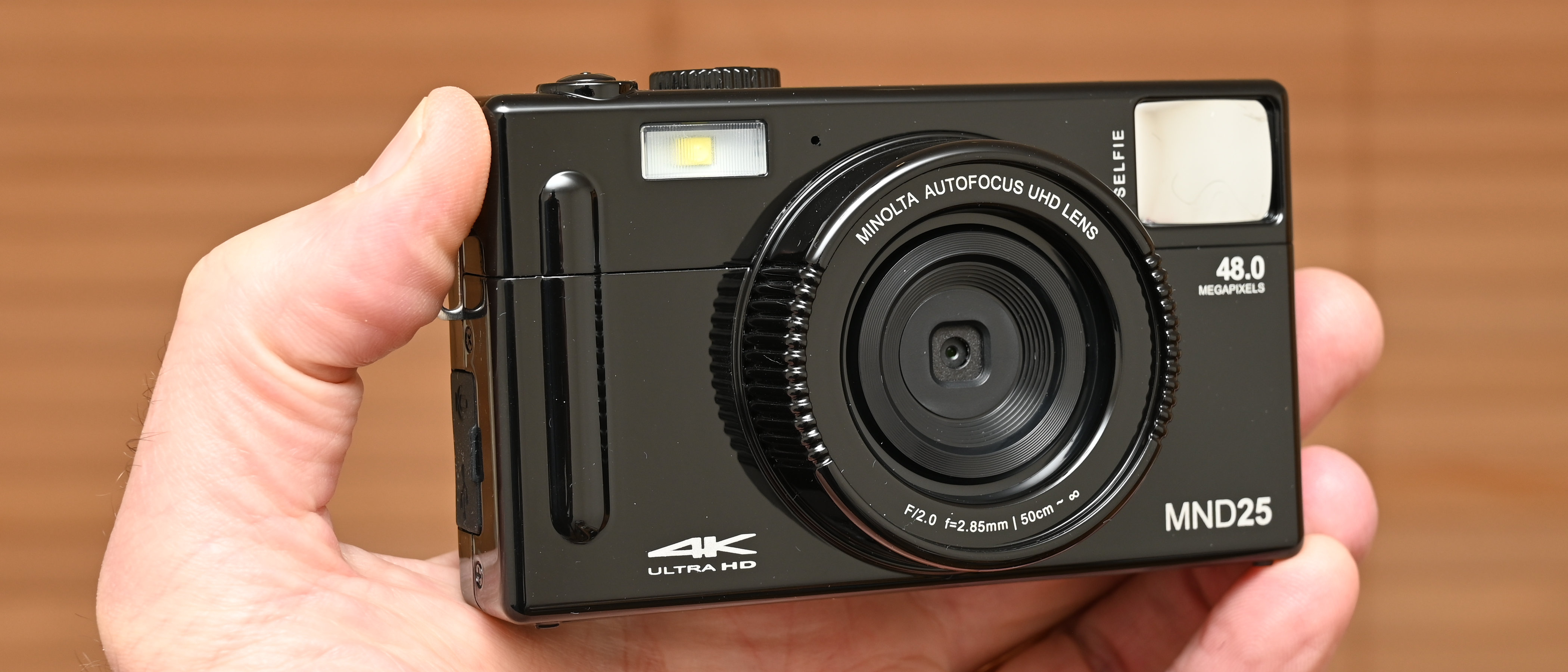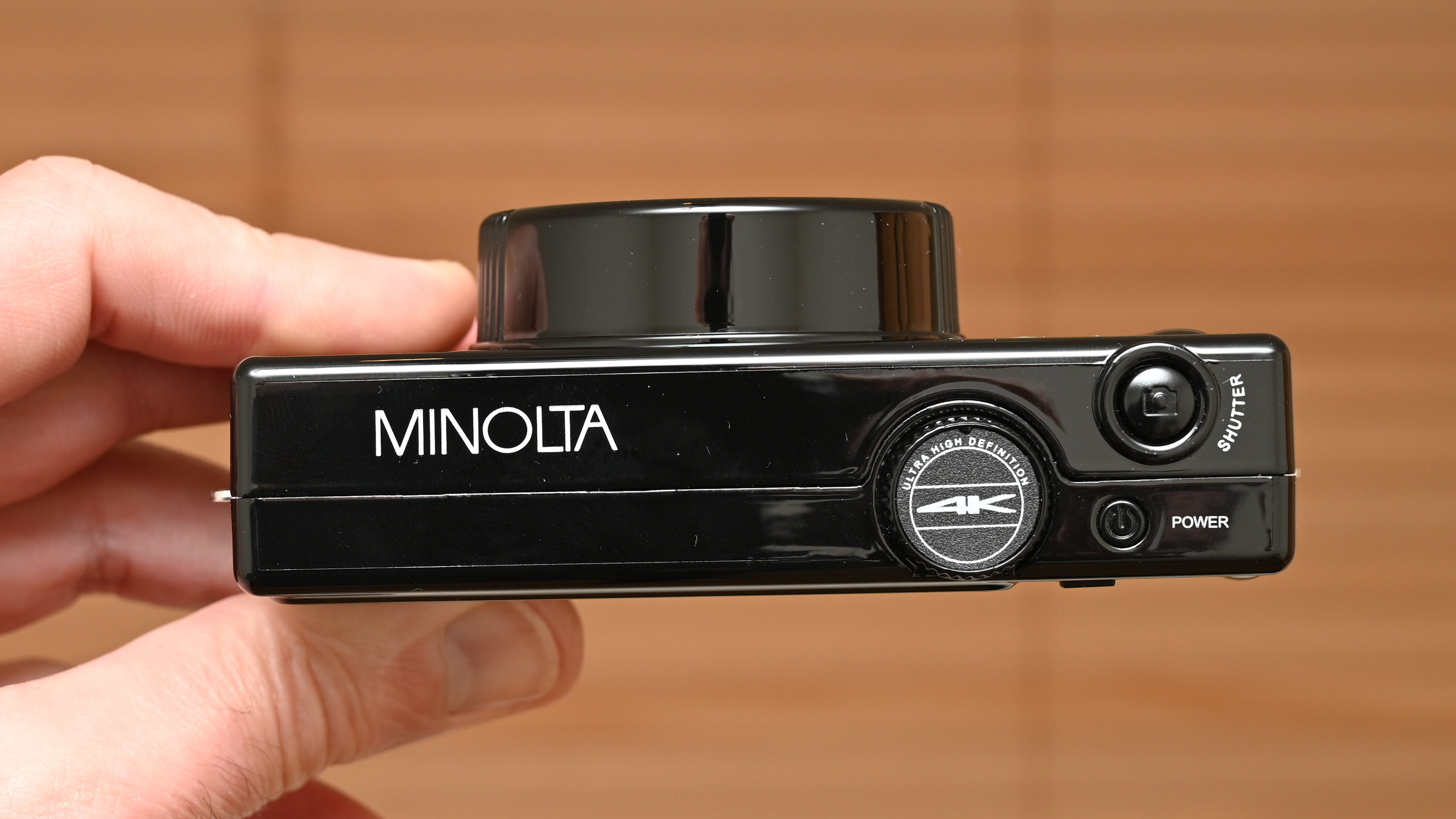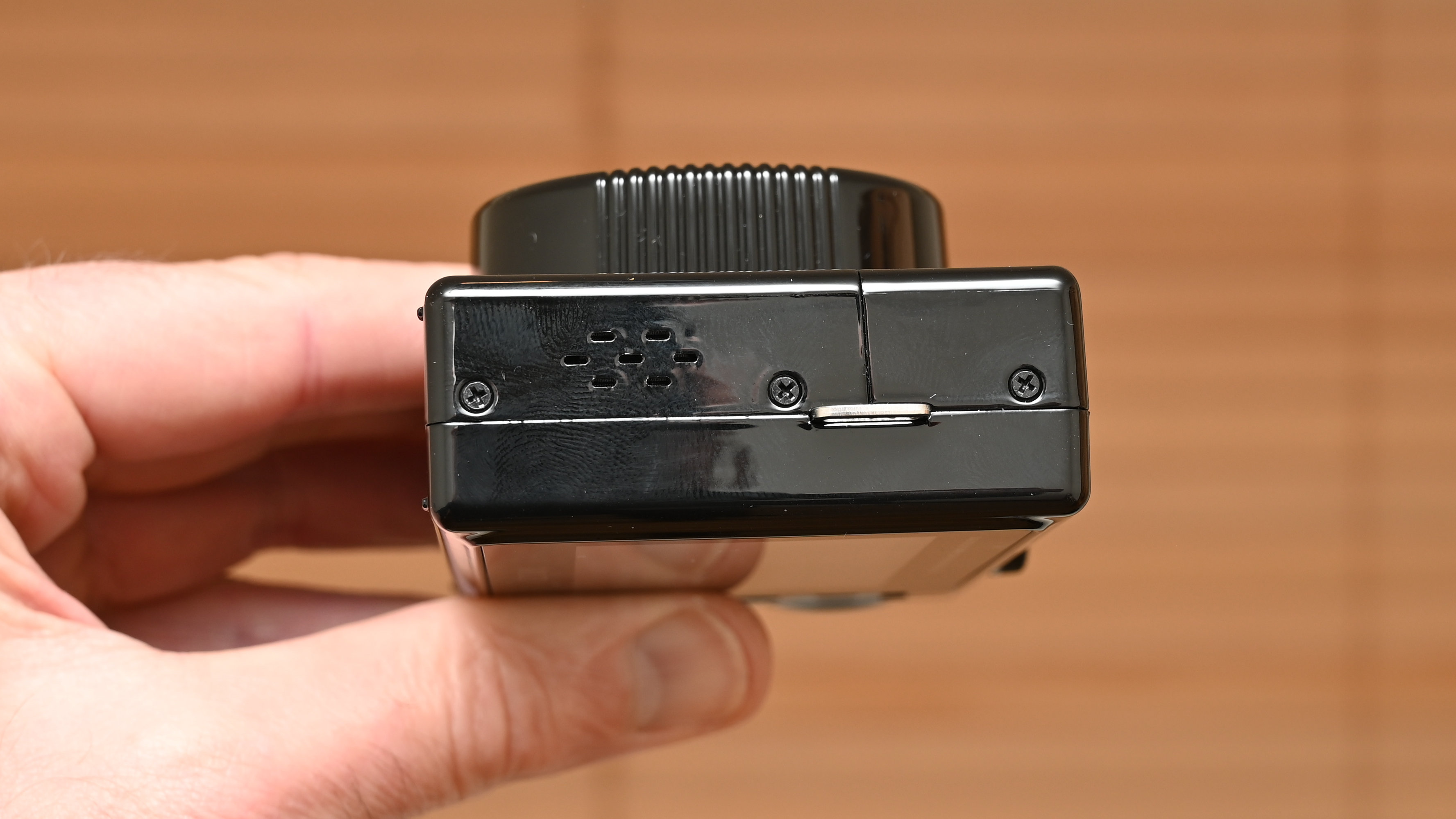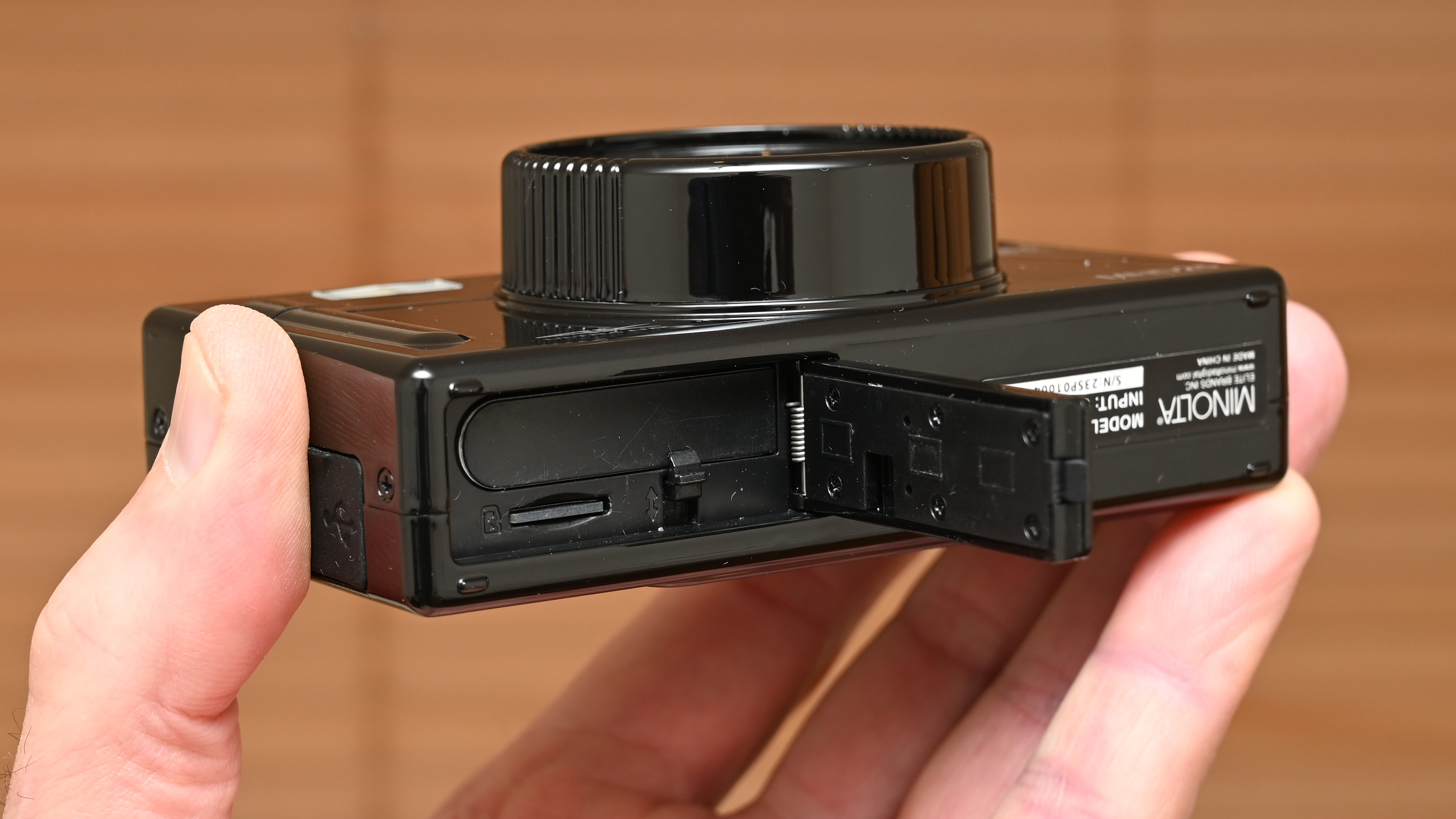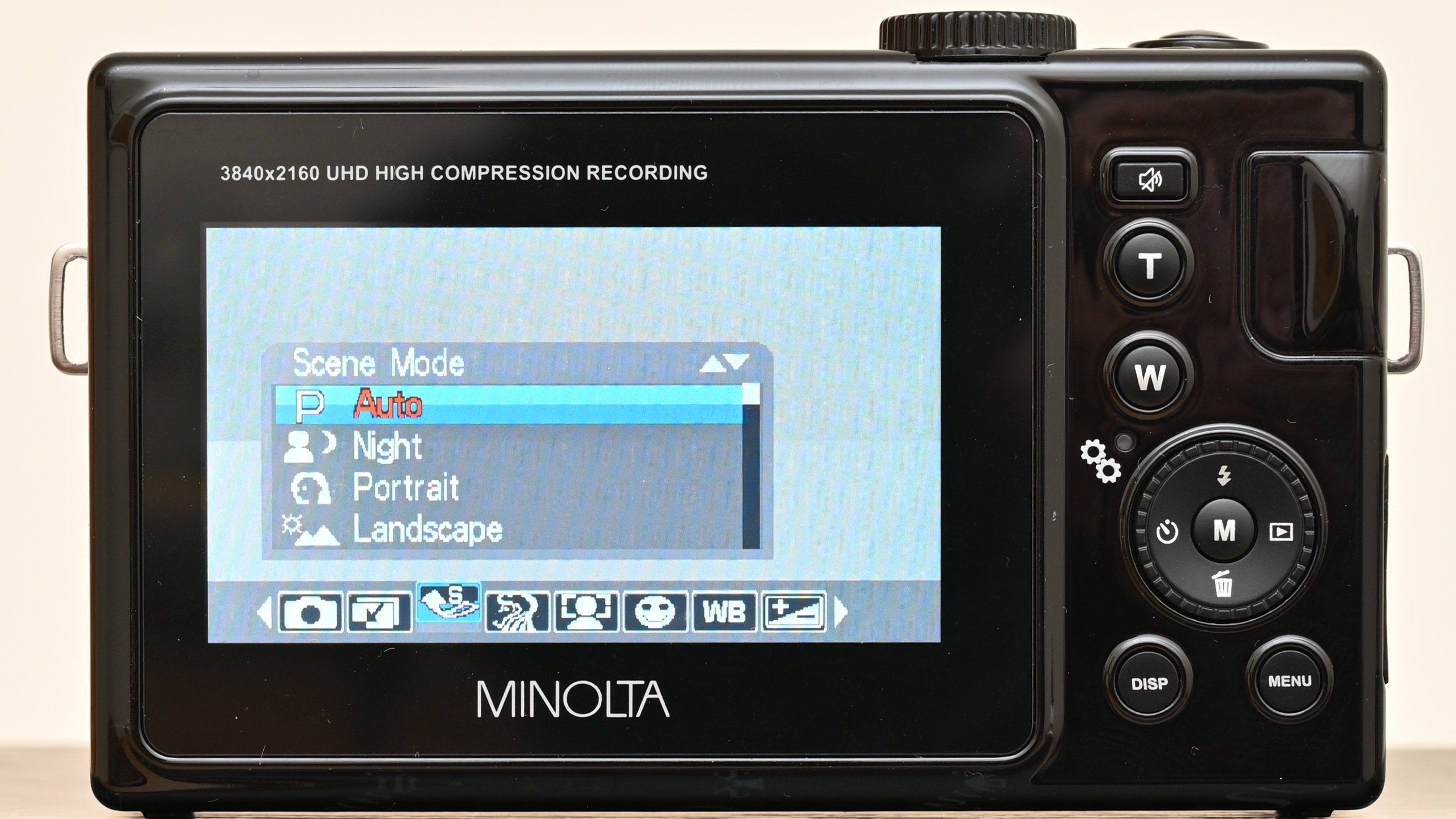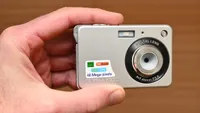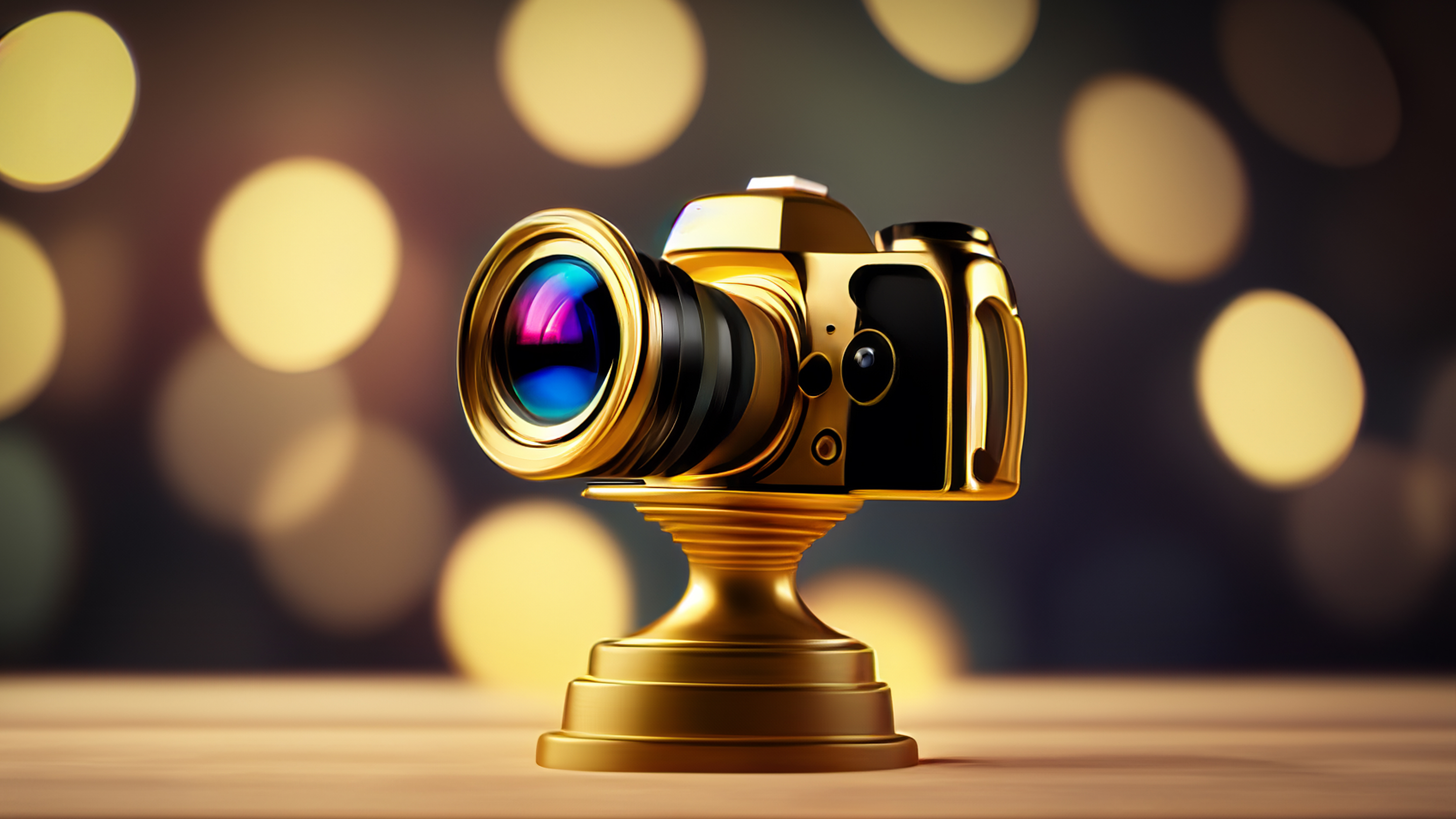Digital Camera World Verdict
The Minolta MND25 claims a lot, including 48 megapixel stills and 4K UHD video, but delivers fairly little. Image quality is pretty poor and it has a cheap look and feel.
Pros
- +
Fairly inexpensive to buy
- +
Claimed 48MP resolution
- +
Claimed 4K UHD video
Cons
- -
Cheap look and feel
- -
Low-res image sensor
- -
No optical zoom
- -
Poor image quality
Why you can trust Digital Camera World
I’ve had Minolta film SLRs in bygone times and been hugely impressed with them. One of my favorites was the Minolta Maxxum (Dynax) 7000, nothing less than the first SLR to feature autofocus, and with very space age styling. And let’s not forget that Minolta made digital SLRs as well, before Sony bought the company lock, stock and barrel nearly 20 years ago. The rest, as they say, is history but Sony has certainly made the most of its Minolta assets.
The Minolta camera that I’m reviewing here isn’t a ‘real’ Minolta. Like the Kodak PixPro FZ45 and AgfaPhoto Realishot DC8200, it’s a plasticky digital camera that’s made under license, pinning a famous name onto a cheap Chinese camera that has no historical links to the past glories of these illustrious photographic companies.
Naturally, that doesn’t mean that the Minolta MND25 can’t be a perfectly good, budget-friendly camera, just that you need to take the brand name with a pinch of salt. Either way, the Minolta aims to be one of the best cheap cameras on the market, the best cameras for beginners, and the best cameras for kids. Let’s take a closer look.
Minolta MND25: Specifications
| Photo Resolution | 48MP |
| Video Resolution | 4K UHD |
| Image Sensor | 8MP CMOS |
| Selfie mirror | Yes |
| Display | 3.0-inch fixed screen |
| Touchscreen | No |
| Battery | Li-ion |
| Connections | Micro USB |
| Size (WHD) | 124 x 71 x 43mm |
| Weight | 394g (inc battery & card) |
Minolta MND25: Price
The Minolta MND25 just about keeps things down to a 2-digit price tag, retailing for around $99 / £98. It’s a similar price to the Kodak PixPro FZ45 at $90 / £94 and the AgfaPhoto Realishot DC8200 at $120 / £99, the AgfaPhoto camera being a little pricier in the USA. It’s worth bearing in mind, however, that both of these competitors boast optical zoom lenses, whereas the Minolta has a fixed focal length lens and relies entirely on digital zoom, which is always second-best.
Minolta MND25: Design & Handling
I’m reviewing the shiny black version of the Minolta MND25 and I’m sorry to say that I think it looks and feels like a pretty cheap, low-quality camera. It’s also available in blue, magenta, and silver options but I can’t imagine that any of the others look more up-market.
I’ve been feeling pretty frustrated recently at the growing number of cheap digital cameras on the market that claim 48-megapixel stills capability but don’t specify the actual megapixel count of the image sensor itself. The Minolta comes clean in this respect, specifying that it has an 8-megapixel sensor. The outcome is the same, however, in that the maximum 48-megapixel stills resolution relies very heavily on software interpolation, with the camera trying to ‘guess’ what’s in between the pixels that its image sensor can actually register.
Up on top, there’s the usual on/off power button and shutter release button. There’s also what looks very much like a control dial, with ‘4K Ultra High Definition’ written on the top. It turns out, however, that this dial is a fixed plastic protrusion that’s just for show and serves no actual purpose whatsoever.
The best camera deals, reviews, product advice, and unmissable photography news, direct to your inbox!
On the left hand side, there’s a rubber weather flap that lifts up to reveal a Micro USB socket and microphone input socket. The latter is a surprising addition for a cheap camera but it’s a shame the USB port (required for charging the Li-ion battery) is an old-style socket rather than USB-C format.
The rechargeable Li-ion battery itself fits into the base of the camera, a hinged door revealing the battery compartment and small microSD card slot. The camera comes complete with a battery and 32GB memory card. The bottom plate also features a tripod mounting socket, which comes in useful for selfies and vlogging.
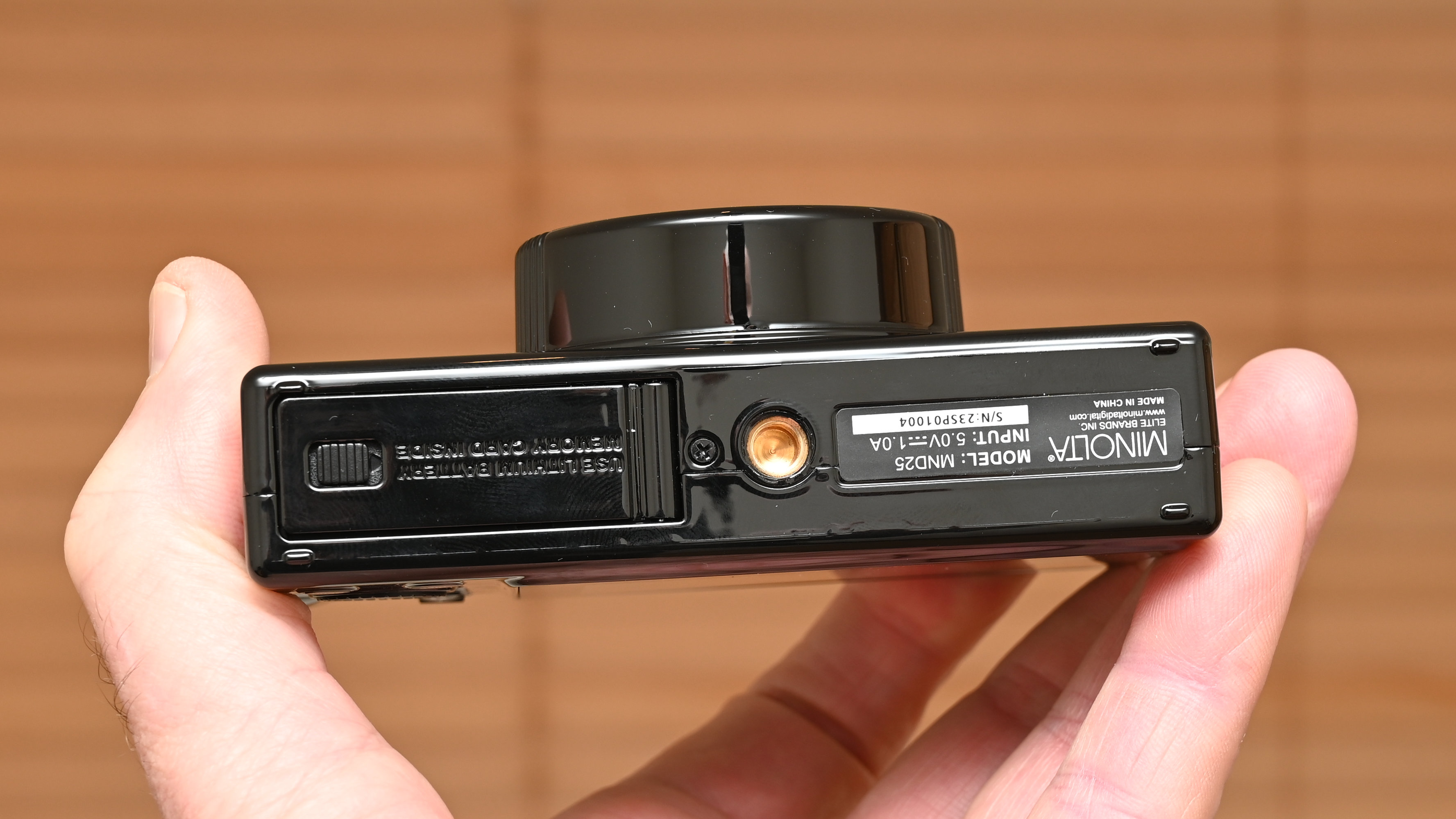
The front of the camera is mostly taken up by the fixed focal length 2.85mm f/2 lens. At a glance, the lens looks very large for this type of cheap compact camera but the actual light gathering element is barely bigger than a pinhole. With no optical zoom capability, the camera relies on 16x digital zoom, which degrades image quality due to yet more interpolation as you stretch towards the long end of the range. The front panel also features a fairly large selfie mirror and a small, low-power flash module.
The back of the camera is pretty standard fare. There’s a 3-inch fixed LCD and, as I’d expect at this price point, it’s not a touchscreen and has now tilt or vari-angle facility. A control area is positioned to the right hand side of the screen. This includes a time-honored 4-way pad with a button at its center, a pair of zoom buttons near the top, a mute button and a pair of buttons at the bottom for Display and Menu. Unlike in some cheap cameras, all the buttons are clearly labelled, making it easy to find your way around.
Minolta MND25: Performance
Whereas the vast majority of cheap digital cameras produce images with a 4:3 aspect ratio, the Minolta MND25 opts for 16:9. If you’re of the mind that 4:3 is something of a throwback to the days when we used to have TVs and computer monitors with this aspect ratio, you might prefer the Minolta’s widescreen aspect, which is a match for latter-day LCD computer screens and TV sets.
Picture size options for stills kick off at 5MP, moving on to 8MP. Stick to one of these options and the image quality isn’t too shabby. Start ramping up towards the maximum of 48MP and the curse of software interpolation becomes all too apparent. Fine detail and texture is largely lost, and images take on a typically blocky looking appearance.
Minolta MND25: Sample Images
The following gallery of shots was taken on an overcast winter’s day in the Somerset city of Wells in the UK, in and around the cathedral.
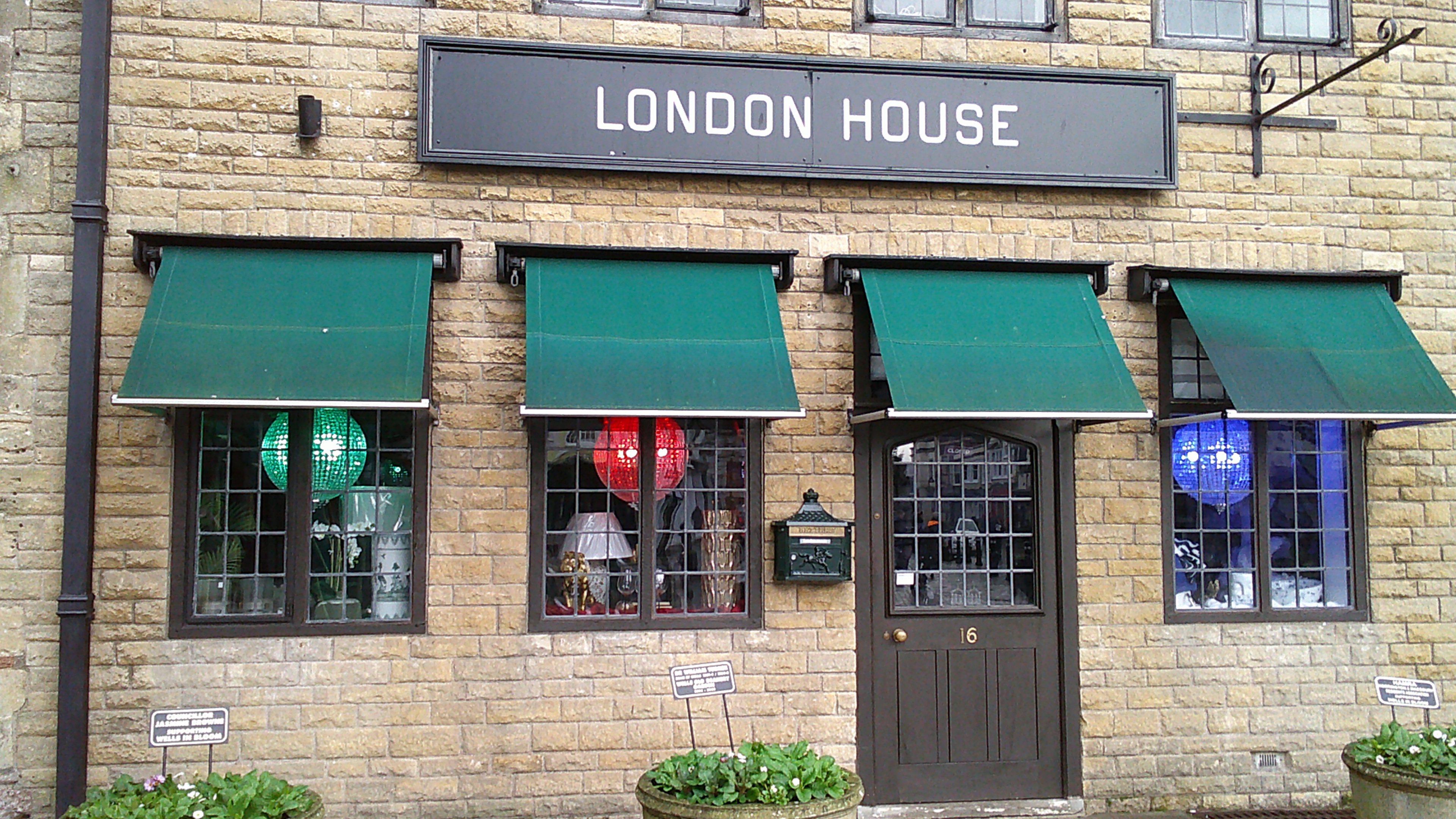




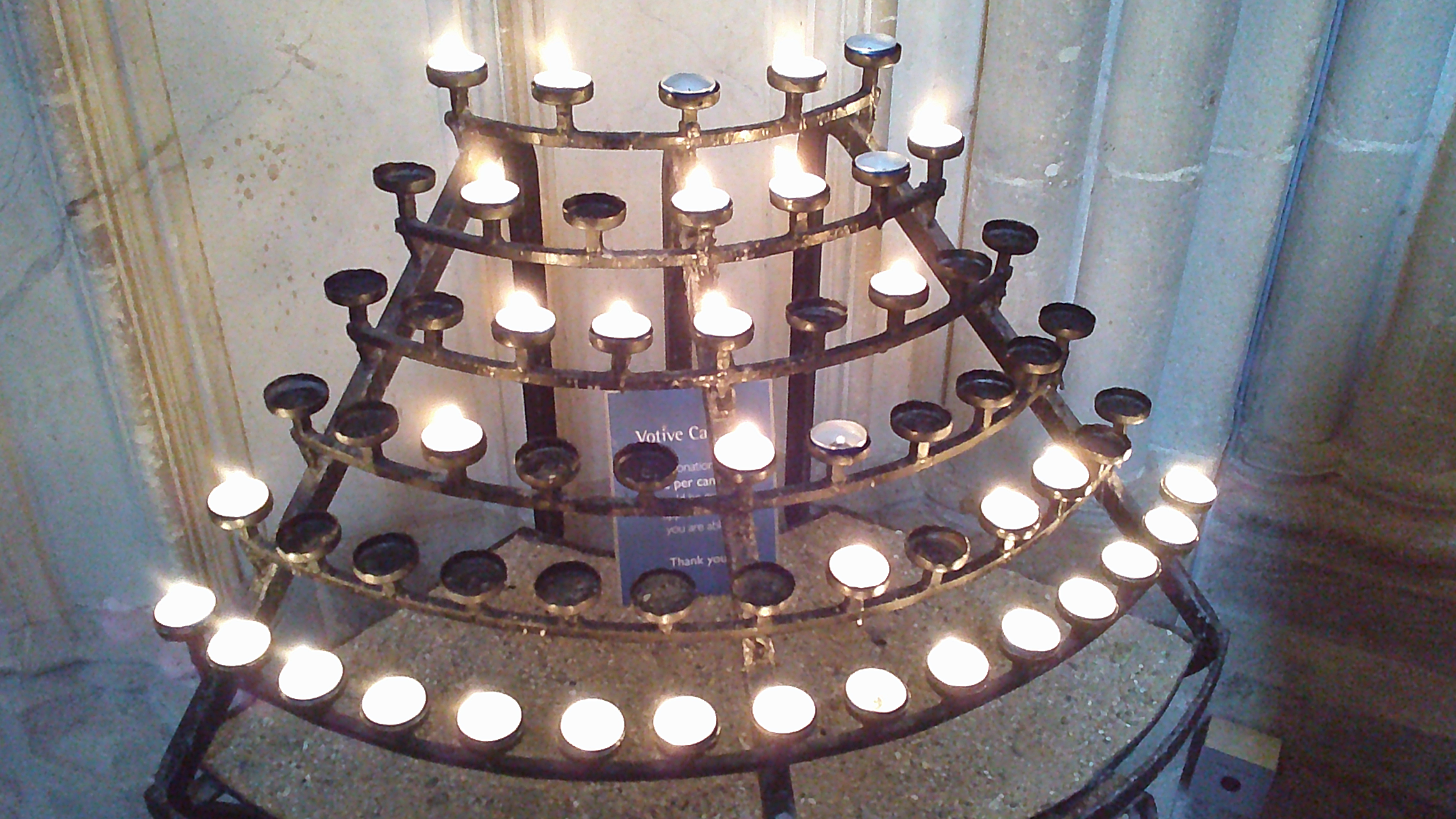





Minolta MND25: Verdict
The Minolta MND25 is quite a chunky camera, at least compared with many of its rivals. At nearly two inches thick, it’s not really small enough to slip into a spare pocket and the shiny black plastic version that I tested looks pretty cheap and unappealing, to my eye at least. Another way in which the Minolta bucks the trend is that it shoots in 16:9 aspect ratio for stills as well as for movie capture, which could be a bonus if you tend to shoot in landscape orientation and like to view your images on a TV screen or computer monitor. At the native resolution of 8 megapixels, image quality is just about passable but becomes ruined by interpolation aberrations as you near the 48 megapixel mark. All in all, it’s certainly not a camera that I’d buy for myself, nor for family and friends.
| Features | The feature set is minimalist but there’s a selfie mirror if you feel the need. | ★★☆☆☆ |
| Design | It looks and feels a cheap plastic camera, and is arguably a bit overly chunky. | ★★☆☆☆ |
| Performance | With no optical zoom and a reliance on software interpolation, performance is poor. | ★★☆☆☆ |
| Value | It’s not great value, being no better than some cameras that cost rather less to buy. | ★★☆☆☆ |
Should you buy the Minolta MND25?
✅ Buy this...
- You want a cheap digital camera that shoots in 16:9 aspect ratio for stills as well as video.
- You’d like a compact camera that’s more chunky than the usual pocket-friendly models, the Minolta being nearly twice as thick.
🚫 Don't buy this...
- You want a camera that delivers better image quality, more akin to that of a decent mobile phone.
- You’d prefer to have a camera with an optical zoom lens for greater versatility, rather than relying on digital zoom.
Alternatives
The Kodak PixPro FZ45 boasts a 4x optical zoom lens, feels better built, and delivers massively better image quality. It runs on a pair of easily replaceable AA batteries and is quite fun to use. The Kodak sells for around $90/£94.
The Andoer Digital Camera promises 48 megapixel resolution for stills and even 4K UHD video capture but failed to deliver more than FHD 1080 in our tests, and isn’t so well suited to selfies and vlogging.
Matthew Richards is a photographer and journalist who has spent years using and reviewing all manner of photo gear. He is Digital Camera World's principal lens reviewer – and has tested more primes and zooms than most people have had hot dinners!
His expertise with equipment doesn’t end there, though. He is also an encyclopedia when it comes to all manner of cameras, camera holsters and bags, flashguns, tripods and heads, printers, papers and inks, and just about anything imaging-related.
In an earlier life he was a broadcast engineer at the BBC, as well as a former editor of PC Guide.
